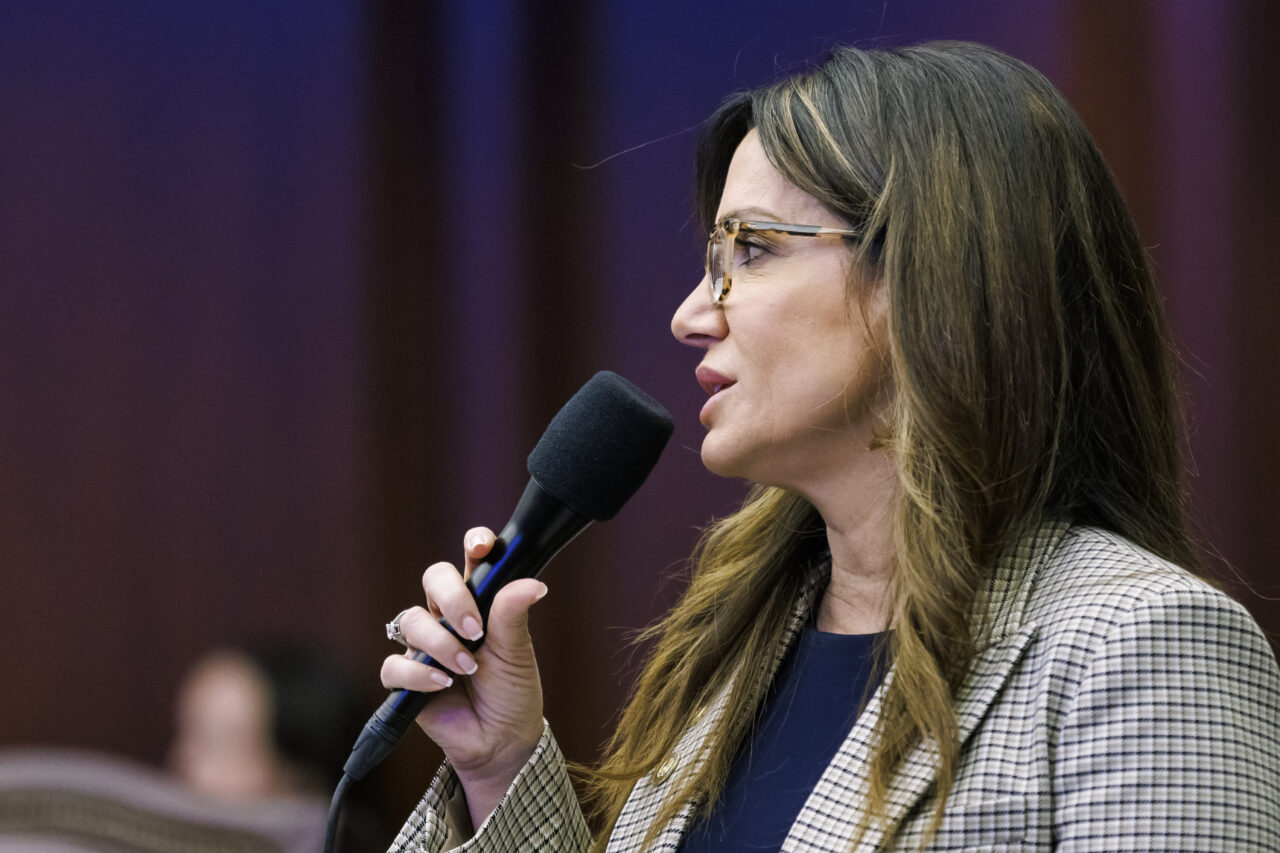- beach erosion
- beach renourishment
- Bear Warriors United
- CLEO Institute
- Coastal resilience
- Coastal resiliency
- Coral Reefs
- David Rathke
- Debbie Mayfield
- DEP
- Department of Environmental Protection
- Division of Insurance Agent and Agency Services
- Florida Department of Environmental Protection
- Florida Flood Hub
- Florida Native Plant Society
- Gene Kelly
- Gray infrastructure
- Green infrastructure
- Green-gray infrastructure
- Ileana Garcia
- Jim Mooney
- Katrina Shadix
- Mangrove
- mangroves
- National Flood Insurance Program Community Rating System
- oyster reefs
- reefs
- resilience
- resiliency
- Resiliency Florida
- SB 50
- seawalls
- spoil islands

Coastal resilience is perpetually top-of-mind for lawmakers from oceanside districts like Sen. Ileana Garcia and Rep. Jim Mooney, so it’s no surprise they’re again running legislation to strengthen Sunshine State shores.
A Senate panel just advanced the proposal.
The measure (SB 50) would establish more stringent standards for the development, maintenance and restoration of resilient “green infrastructure,” like mangroves, reefs and spoil islands, and “gray infrastructure” such as seawalls, flood pumps and ditches.
It would also help to identify and codify official criteria for ideal hybrids of the two known as “green-gray infrastructure” like the living seawalls now being installed in parts of Miami Beach.
Garcia briefly explained SB 50 — which attracted support from the CLEO Institute, Gene Kelly of the Florida Native Plant Society, Katrina Shadix of Bear Warriors United and David Rathke of Resiliency Florida — before the Senate Environment and Natural Resources Committee unanimously approved it.
If passed, the bill would direct the University of South Florida’s Florida Flood Hub, which state lawmakers created in 2022, to develop guidelines and standards for the optimal combination of green and gray infrastructure to address sea level rise and storm surge impacts. The hub would also be tasked with modeling the effects of green infrastructure on Florida’s coastal resilience.
The Department of Environmental Protection (DEP) would have to adopt a new set of rules governing nature-based coastal resilience efforts that, among other things:
— Address erosion in areas of critical state concern.
— Encourage participation in mangrove replanting, hydrological restoration programs, and the restoration of oyster reefs, salt marshes and coral reefs.
— Identify and monitor threats to mangroves and find ways that new development can prevent or mitigate the threats.
— Assist efforts to improve coastal resilience with green infrastructure, beach renourishment, dune restoration, living seawalls, shoreline and vegetation planting, stormwater planters, permeable pavements and ecologically sound building materials.
— Identify vulnerable coastline properties and foster partnerships with local government agencies to create protection and restoration zone programs.
— Help to develop workforce training, including flood and sea-level-rise research, prediction, adaptation and mitigation strategies.
— Protect barrier and spoiler islands.
— Encourage green infrastructure projects through the Resilient Florida Grant Program.
— Create permitting incentives for new strategies and technologies, including 3D printing, for living shorelines and nature-based features for coastal protection.
SB 50 or its House twin (HB 371) would also require DEP to partner with Florida’s Division of Insurance Agent and Agency Services to conduct a feasibility on the value of nature-based coastal flood risk-reduction methods in reducing insurance premiums and improving local ratings in the National Flood Insurance Program Community Rating System.
A report on their findings would be due to the Governor, Senate President and House Speaker by July 1, 2026.
Garcia and Mooney, an Islamorada Republican, carried similar legislation last year. Mooney’s version cleared the House with uniform support and then died without a hearing alongside its upper-chamber counterpart in the Senate Rules Committee, then chaired by former Republican Sen. Debbie Mayfield of Melbourne.
Speaking with Florida Politics last month, Mooney said the bill is needed to address, among other things, a well-intentioned but counterproductive practice happening too often today. People are planting the wrong mangrove species in the wrong areas, he said, and it’s inadvertently curtailing efforts to boost coastal resilience and reduce flooding.
“It’s a good bill,” he said. “What we don’t want is to have people wasting their money planting mangroves in the wrong spots. And of course, we’re all working toward living shorelines as opposed to hardened shorelines. We need real, green buffers.”
SB 50 will next go before the Senate Appropriations Committee on Agriculture, Environment and General Government, after which it has one more stop at the Senate Rules Committee before a floor vote.
HB 371, which Mooney filed Feb. 4, awaits committee references.



